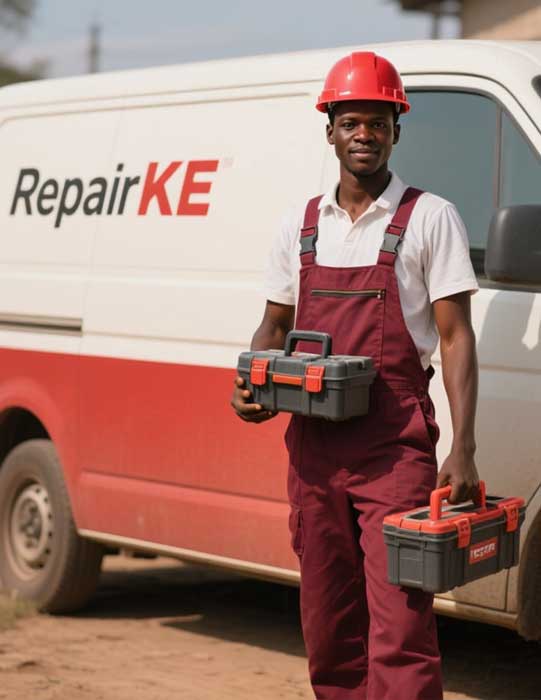An inconsistent arc is a frustrating issue that affects weld quality, resulting in uneven or weak welds. This fault manifests as an arc that sputters, wanders, or fails to maintain a steady flow, often caused by electrical, mechanical, or operator-related issues.
Common causes include improper voltage or amperage settings, which can destabilize the arc. For instance, too low a voltage may cause the arc to stutter, while excessive voltage can lead to an erratic arc. Dirty or worn electrodes, particularly in TIG or stick welding, can also disrupt arc stability. Additionally, poor grounding, such as a loose or corroded ground clamp, can interfere with current flow, leading to inconsistency.
Diagnosing an inconsistent arc involves checking the machine’s settings against the manufacturer’s recommendations for the material and electrode type. Inspect the electrode for contamination or wear and replace it if necessary. Ensure the ground clamp is securely attached to a clean, unpainted metal surface. If the issue persists, test the machine’s output using a multimeter to confirm stable current delivery. Faulty internal components, such as the rectifier or control board, may require professional attention.
To prevent inconsistent arcs, always verify settings before welding and use the correct electrode for the job. Regularly clean or replace electrodes and maintain a secure ground connection. Routine machine calibration can also help ensure stable performance. By addressing these factors, welders can achieve consistent, high-quality welds.






